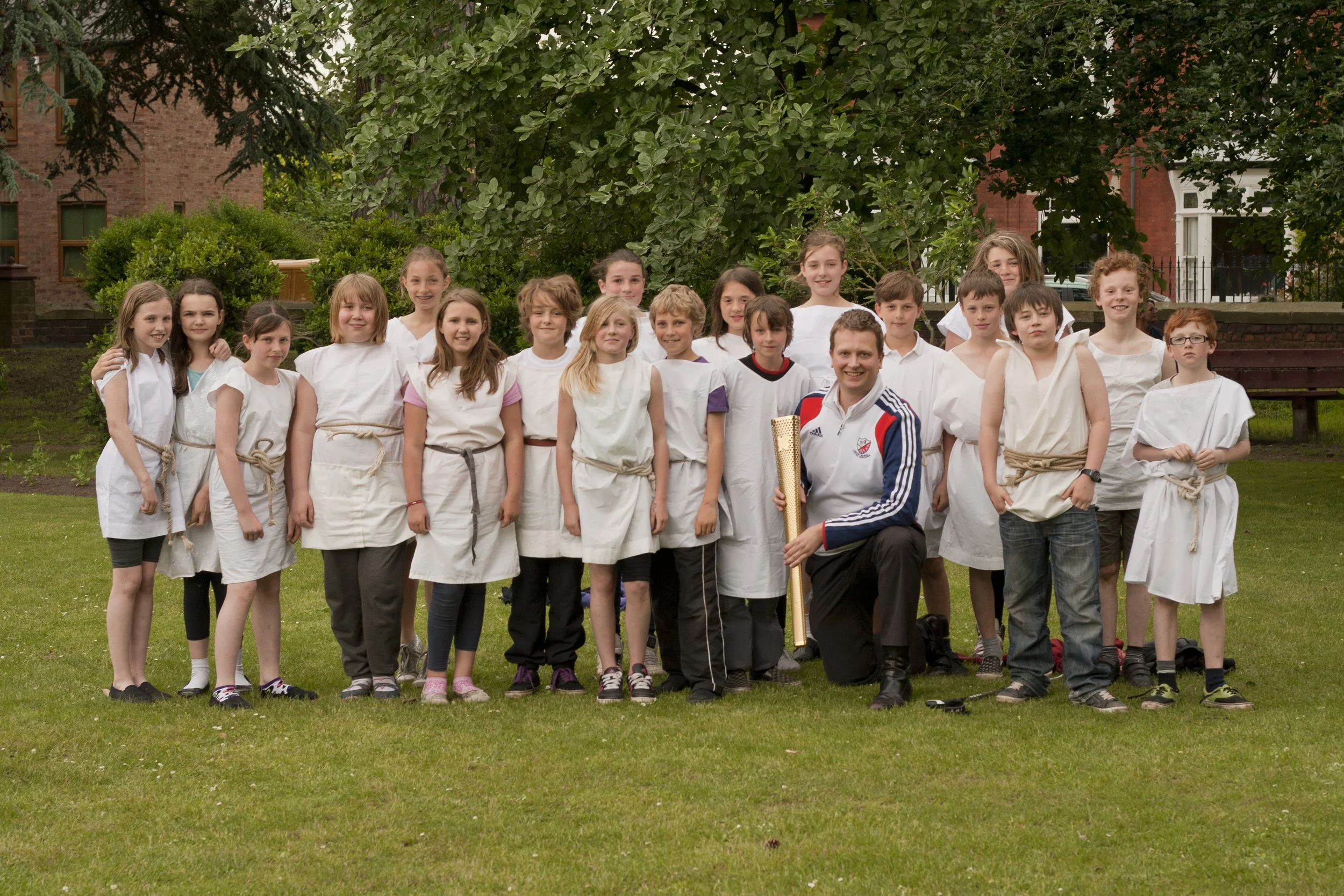Waldorf Matters … The Importance of Historical Knowledge
Mrs Cate Young is Subject Guardian for the Humanities at Elmfield, in addition to being our Class 10 Guardian. In our weekly blog series about key aspects of Steiner Waldorf education, Cate shares her thoughts on the teaching of History in Steiner Waldorf education.
“We are not makers of history, we are made by history” Martin Luther King Jr
I have always loved History and this love came from my History teacher and his ability to bring the subject alive; and this is what the Waldorf History curriculum does - it brings history to life for the pupils by the way it is taught and when History is taught.
A strength of the Waldorf History curriculum is how it is designed to match the child’s development. So, as the child becomes grounded in the earth, they study the Romans. This reflects their solid structures and control of the land they occupy. Then, when in Class 8, they move to an age where they want to challenge authority and what has gone before: here, they study revolutions and the consequences of the changes to authority. Then, in Class 10, when they want to understand the ‘how’ of the world around them, they go back to the origins of human culture.
History is presented in pictorial form so children can understand, not just what happened in the past, but how the past has shaped humankind. It begins in Kindergarten with the children telling stories about their family and their life and listening to other children's stories; when they begin Class 1 they have an understanding of past and present and their own history. This theme is continued in Classes 1 to 4 where stories are told about historical times without objectifying what is being taught; when they begin their next step, they have a vivid image of what life was like for the people of that time.
In Class 5, History is taught in a more objective manner; still using vivid pictures and people to bring the subject to life. The main theme is ancient civilisations which culminates with the students partaking in an Olympic games; which brings to life their study of Ancient Greece. Class 6 then studies the Romans and medieval times, including the characters and the structure of the different societies. Class 7 moves outwards with a study of the exploration of the world and the exploration of thinking through the Renaissance. Class 8 then explores revolutions and how changes can be brought to society.
Once pupils move into the Upper School, they revisit previous topics, but now look at the motives. Class 9 revisits revolutions, but explores what were the motives of the revolutions and how what happened in the past has a rippling effect in the future. Class 10 then re-examines ancient civilisations and how human culture has been developed and its link to geography and its lasting impact on society. Class 11 then finishes with an exploration of the Middle Ages and the structures and tensions that arose during this period between church and state and western and eastern cultures. Again, they discover how the past is emulated in the present.
The History curriculum offers a real breadth and depth to History and allows pupils to leave with a wealth of knowledge and a greater understanding of not only their place in history, but also how their History can shape the future.
It is this that makes teaching History at Elmfield such a joy: to spend three or four weeks exploring a topic that engages the students, which is enriching them as individuals, not just in knowledge but in a wholeness that means they are ready for the next step and their place in the world.




